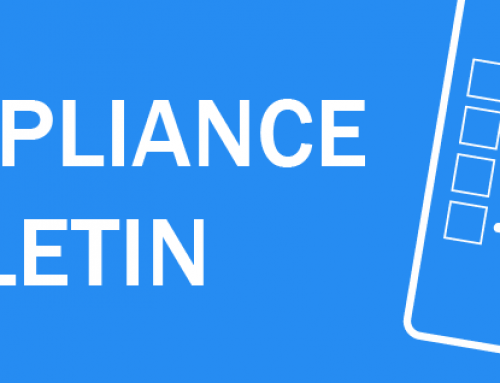We are a nation of moaners!
Sure we have a reputation for a ‘stiff upper lip’ and ‘grinning and bearing’, but the reality is far removed from that outdated stereotype.
Nowadays, if we aren’t happy, we tell people.
Don’t believe me?
In 2016, the Consumer Action Monitor reported that there were 55 million complaints made by UK consumers, with over a quarter of people more likely to complain than in the previous year – this number is growing.
Poor service, it is estimated, costs businesses in excess of £37 billion.
Financial services is one of the most complained about industries; up there with transport, energy and retail.
So as another year draws to a conclusion, I wanted to take the opportunity to give you all an overview of some of the complaints data we hold. In addition, there are a few suggestions that I would like to make that will help you to keep your customers happy.
Summary
Although complaints are on the increase (25 in 2017, up from 16 in 2016), in relation to our overall business volumes and customers serviced this number is still low.
Additionally, it is reassuring to see that our sales processes are fit for purpose (when followed) and this is reflected in the number of complaints we are able to defend. However, it is clear that there are still weak points in the execution of our sales processes and there are some things we can do better.
File Notes
It still surprises me how few advisers make use of the notation facilities on The Key. File notes are an integral part of the sales file and have been useful in some cases to defend against a complaint.
If you are not doing so, why not start 2018 with the resolve to keep detailed notes on the file, particularly where there are changes.
If you would like more detail regarding what to include in your notes, please speak to your compliance manager or the file checking team.
Audit Trail
This fits closely with the need for notes; some service complaints centred on requests from clients not being actioned (or not being actioned in a timely manner).
Keeping an audit trail showing what communications have been received from the client or from a provider can be a useful way of demonstrating ‘what happened, and when’.
Addendum Letters
Just last week I was asked to provide a suite of addendum letters for an adviser who was unsure what to put on an addendum letter, to be honest, this shocked me.
I expect that at one time or another, all of us have had cause to write an addendum letter to the client. Perhaps because of a property down-valuation, perhaps due to underwriting changes or even due to products being withdrawn at short notice.
To me it seems pretty logical, that if something has changed that impacts upon the advice or product recommended, then this needs to be explained to the client. It also seems logical to do so in writing so that you have evidence that the change was notified to the client.
Needless to say, we will not produce a suite of addendum letters, as generally these benefit from being bespoke to the customer.
If you are unclear regarding what to include in your addendum letters, or, under what circumstances they should be issued, please speak to your compliance manager or the file checking team.
Identification
We all understand the need to identify borrowers or third party owners of insurance plans, however, as it is not mandatory to identify protection clients and confirm their address, it appears that not all of us do.
To be clear, we will not change our stance on this at present, however, we are seeing a growing number of complaints where clients allege that they did not take out a particular product and even that the address on the application is not theirs.
There is only one way to overcome this, collect proof of ID and address verification.
Again, I want to stress that this is an advisory point. You may decide that you don’t need to do this, however, redress payments for protection policies can be significant.
For those of you who work remotely, why not consider running clients through an electronic identification system; this can be a relatively inexpensive way of guarding against a complaint.
Call Recording
So many of our complaints could so easily have been defended had a call recording been present. In some cases the firm in question kept call recordings, but deleted them after three months, in others, another firm could not locate the call recording and in others, there simply was no recording.
This is very simple to fix. Call recording systems for mobile phones abound. As do systems for landlines. There really is a fit for just about every business.
Why not adopt call recording to protect you and your clients.
For those of you who do record calls, when did you last check that the process and calls recorded were accessible and fit for purpose?
Fees
As always, fees feature in the top reasons why customers complain.
To protect yourself from these types of complaint, please ensure that you have the correct fees on your disclosure document, mortgage illustration (KFI+/ESIS) and the offer document. Additionally, please ensure that you have a signed fee agreement.
By way of a reminder, TRM does not sanction the use of any ‘clawback indemnity’ type agreements.
Professional Indemnity Insurance
Just in case you were wondering if these points are really that necessary; please remember that the PI policy carries an excess of £5,000 for which the AR is liable. However, you should also know that it will only cover you if the network processes have been followed.
So, complaining, is it a good thing or not? I’ll let you be the judge. But if I may, please accept one final piece of advice; not from me, but from the founder of Wal-Mart:
“There is only one boss – the customer. And he can fire everybody…”



